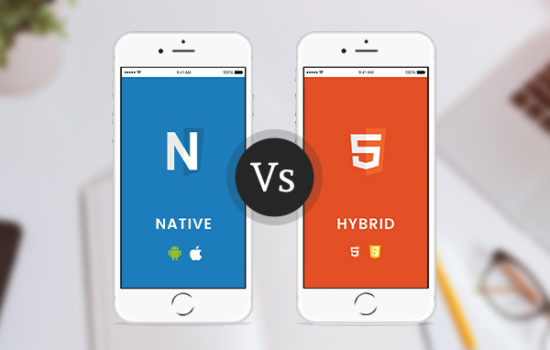There are more than 5 Billion Mobile Device users in the world today (Source: GSMA Intelligence), of which 2.69 Billion are active mobile social users. (Source: TheNextWeb) Therefore, being Mobile focused is no more a good-to-have characteristic of your overall technology strategy, it is the “present”, it is the “must-have” and the “most critical” aspect to be considered in your overall strategy. If you are not prepared to adopt mobile first then be prepared to lose a large percentage of your customers.
In this article, we will explore and understand more about the Mobile First strategy, why it is critical and how to go about it.
Mobile First approach, as the name indicates, focuses on the mobile design first and then moves on to the bigger screen sizes such as desktops. The approach is more commonly used while designing a website. The days of designing responsive website are over and now it is time to start planning for mobile first websites, focusing completely on the end user experience.
Mobile needs to be at the centre of your technology landscape, simply owing to the fact that 67% of the world’s population is now using mobile devices. (Source: TheNextWeb) There has been a substantial increase in mobile web browsing and the tremendous increase in traffic routed to websites via mobile devices.
So if you want to be where your customer is then, Mobile First is the approach meant for your business.
Having understood the criticality of Mobile’s inclusion in your technology landscape, the next step is to understand how to move forward and what should be your next step. Let us first dive into the details of how mobile first is different from desktop first.
Conventionally a website design was initiated based on the assumption that user will browse it on a desktop and then it was modified to adapt to various device resolutions.This approach is widely known as graceful degradation or desktop-first. In this approach, the visual aspects and features of a website are optimised for desktops but poorly adapted to mobile devices.
The new approach which is called progressive enhancement or a mobile-first strategy works on the concept that the mobile website should form the basis of website design. A website’s content must be carefully analysed and structured to categorise it based on importance yet ensuring that the overall design remains refined. Additional layers of content are then added later for larger screen resolutions.
First and foremost, a website designed on mobile first approach ranks very high on
- End user experience
- Ease of Navigation
- Consumption of Content
- Responding to Call to Action
Thereby leading to,
- Visitors spending MORE time on the website.
- HIGHER chances of conversion and increase in sales.
- INCREASED Re-visits.
The mobile first is also easier to manage and implement from development perspective. Once a concise version is ready, making a desktop website is easier as the main functionality of the website has been defined already and only requires addition of more information for larger device resolutions.
It is partially true that most visitors can’t distinguish between a responsive, adaptive or mobile-first website. Visitor’s priority is the ability to quickly and easily find the information they need and perform requisite actions. But visitors can definitely distinguish between the experiences they get by browsing through websites built based on each of these approaches. So far, mobile first ranks highest on user experience.
Are you ready to go Mobile First? We hope the answer is YES!
Having decided to move forward with the mobile first strategy, it is time for you identify the right technology partner who can guide you through the process and help you achieve desired results without any roadblocks.
We are, ready and prepared to help you. Reach out to discuss more with experts at iTool Solutions.



